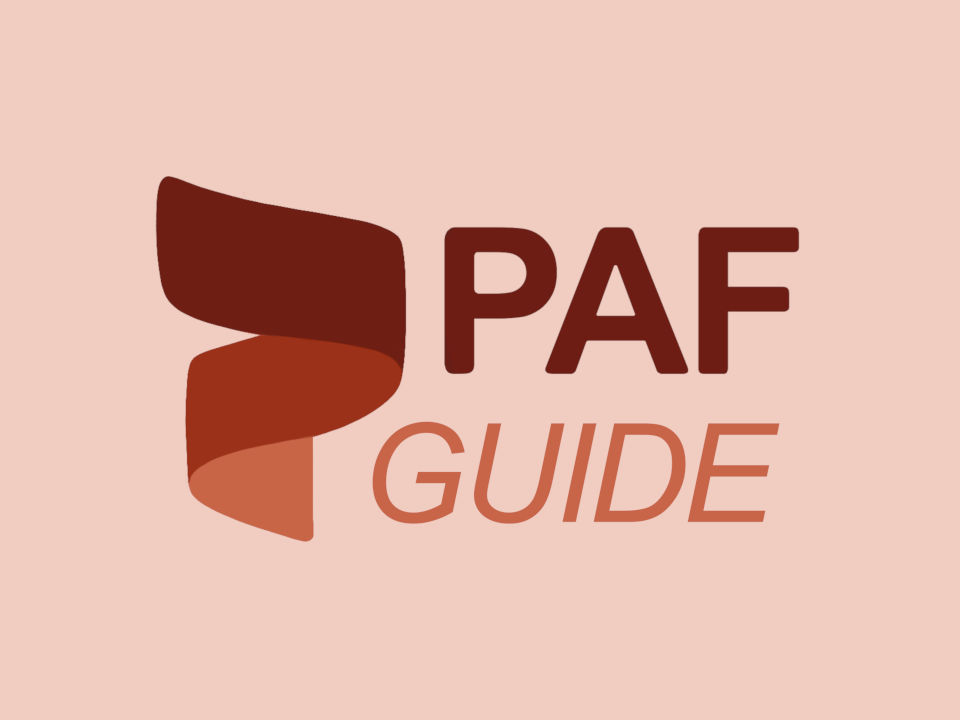Did you know Private and Public Ancillary Funds (PAFs & PuAFs) hold more than $11 billion in assets? Learn about how your charity can access these funds.
WHAT ARE ANCILLARY FUNDS?
Ancillary Funds are trust instruments established by individuals, families, or business for the purpose of making tax deductible donations to entities with Item 1 Deductible Gift Recipient (DGR) status. There are more than 1,920 Private Ancillary Funds (PAFs) and more than 1,300 Public Ancillary Funds (PuAFs). Each is required to distribute a minimum of 4-5% of its assets each year. This equates to approximately $450 million each financial year, which makes them a great potential source of revenue for charities across Australia.
HOW TO RECEIVE SUPPORT FROM ANCILLARY FUNDS
Cold calling is not recommended when soliciting Ancillary Funds for donations. Just like attaining any other Major Gift, there must be a strategy in place to cultivate a donation. Cold calling Ancillary Funds could harm your charity’s reputation, as it may appear an invasion of privacy or disregard for the people behind the dollar figure. Securing a donation from an Ancillary Fund is no quick fix; it follows the conventions of a major gift solicitation cycle (see the diagram here), as opposed to a grant application. Although, an estimated 10% of Private and Public Ancillary funds have a formal application process, so, if your more comfortable with grant seeking, this may be a good place to start.
The goal is to line up Ancillary Funds with your organisation and its cause, find linkages, and use that as part of the solicitation process (read more about this here). Types of linkages include:
- Does your organisation know any PAF or PuAF Directors?
- Does the Ancillary Fund give to your organisation? Or, has the Ancillary Fund donated to your organisation in the past? You may have lost touch and it might be a good time to reconnect again.
- Does the Ancillary Fund give to similar organisations? If the PAF or PuAF has a history of supporting similar charities, they are likely to consider supporting your charity.
- Does the Ancillary Fund give to your sector and cause?
Once you have identified some sort of a link, then you can contact the Ancillary Fund to invite them to an event to showcase the wonderful work your organisation is doing, for example. By looking at an Ancillary Fund’s previous giving, it will give you an idea of the average amount ($) gifted. Express the linkage to the Ancillary fund and pitch for their support. Some funds are very private and others less so. Where appropriate, suggest a way of recognising their benefaction in a way that suits them, the size of the contribution, and the culture of your organisation.
There are many strategies an organisation can use to identify a link and engage the donor to cultivate a long-term relationship. Get your team together and brainstorm some ideas.
HOW TO FIND ANCILLARY FUNDS
PafGUIDE® is an online database containing more than 10 years’ worth of research and 2,500+ Ancillary Funds. The PAF Guide is the only database of its kind and is an invaluable tool for organisations to identify and solicit funds. Each entry in the database details a Private or Public Ancillary fund and includes the following information where available:
- Background Information
- Director Information
- Philanthropic Track Record
- Contact Details
- Capacity Indicators

